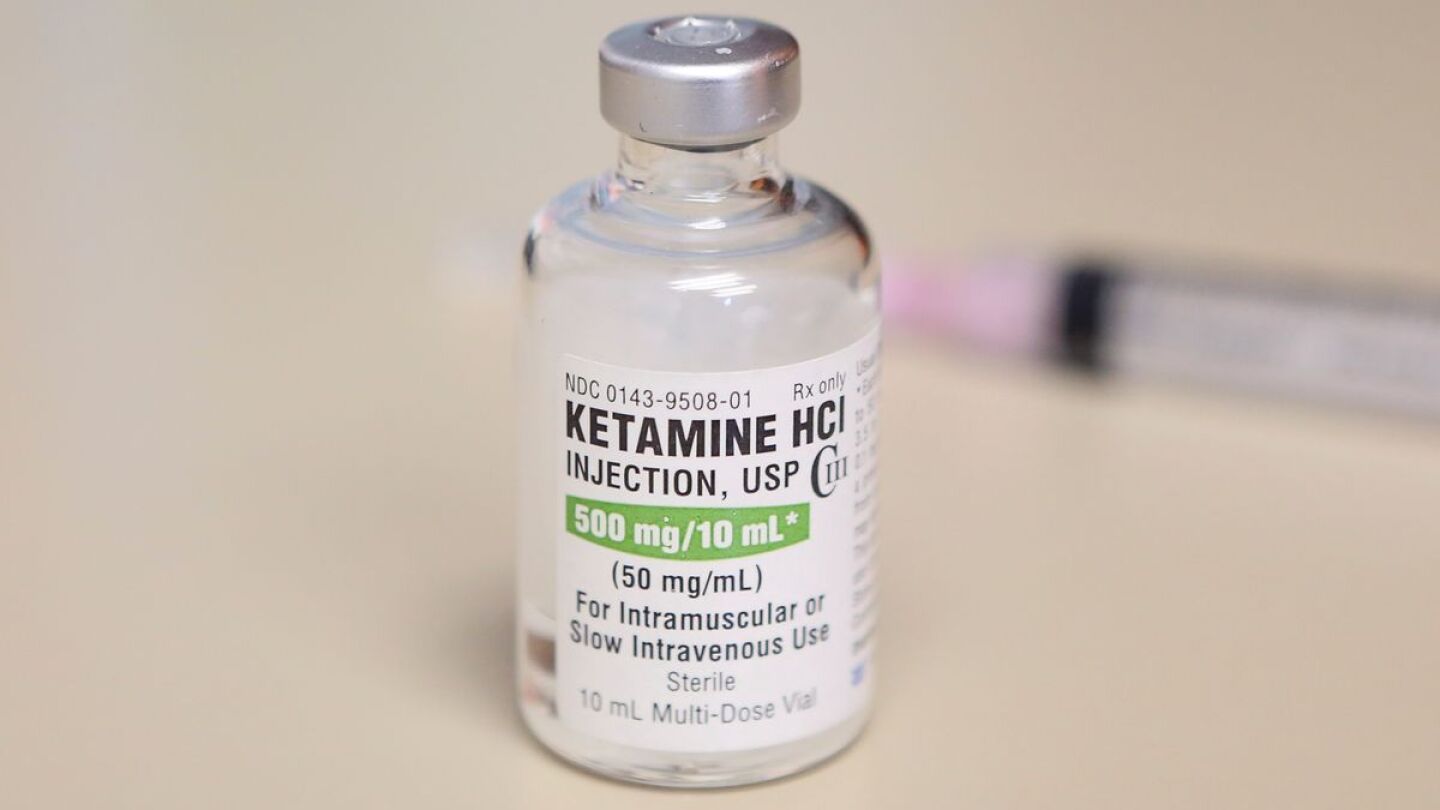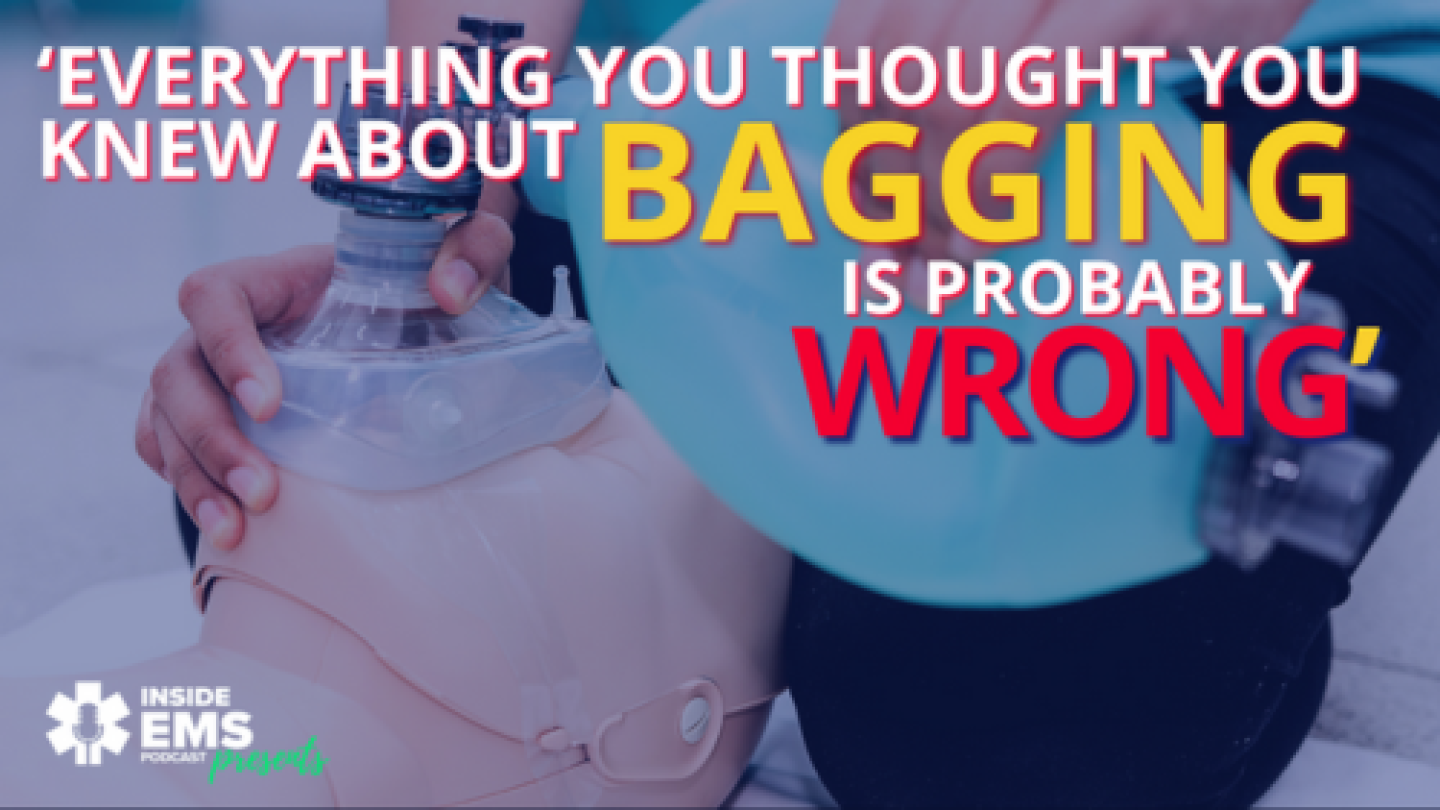Capnography
Discover our directory of articles on Capnography in EMS, designed to equip professionals with the knowledge needed to effectively monitor and interpret end-tidal CO2 levels. This collection covers capnography in various scenarios, including respiratory emergencies, cardiac arrest, and airway management. Understanding capnography is essential for making informed decisions in critical situations. For more insights, explore our resources on Airway Management. Stay informed and improve your patient care with our expert guidance on capnography.
In a deep dive into NEMSQA’s 2024 report, Dr. Jarvis discusses critical airway safety measures and how EMS providers can leverage data, protocols and collaboration to achieve safer, more effective care
Communicating with law enforcement and following these clinical guidelines will help to keep patient safety first and foremost
Are you over-ventilating your patients? Probably, says Kelly Grayson
How much do you really know about supraglottic airway management uses, contraindications and techniques?
How well do you know the conditions associated with pH imbalances?
Test your knowledge on the challenges of assessing and treating children with capnography
The “set-up, size-up, scope, secure” mindset of the 1st and TEN approach to intubation may help improve first-pass success
A basic understanding of how acid-base imbalances can affect the patient’s presentation can help make sense of conflicting symptoms
Use simulation education to teach EMS providers to recognize and treat sepsis
Careful diagnosis of respiratory and circulatory compromise will help you choose the most appropriate treatment and destination for patients with suspected pulmonary embolism
An unconscious patient, with absent or ineffective breathing, may be in sudden cardiac arrest or have overdosed on an opioid; here’s how to assess and treat the patient
EMS educators can improve sepsis patient outcomes by ensuring EMTs and paramedics have knowledge appropriate and impactful training
The top videos of February included clips on how to conduct accurate glucometer readings and how to do more good than harm during intubations
Use this information and the SEPSIS mnemonic to improve EMS recognition, assessment and treatment of pediatric sepsis
Understand how monitoring tools can be used to guide treatment for COPD exacerbations
EMTs can easily learn how to use capnography as a patient assessment and monitoring tool
Follow the mantra “a patient isn’t dead unless they are warm and dead” based on assessment findings and knowing resuscitation contraindications
Capnography guided care gives EMS providers the information they need to improve survival for patients who experience an out-of-hospital cardiac arrest
Hypothermia death of a Minn. teen is an unimaginable tragedy, but a breach is not enough for a finding of negligence
The parents of Jake Anderson, 19, allege first responders declared their son dead before properly evaluating and transporting him to a hospital
How will you care for a teenager who intentionally asphyxiated himself and is now unresponsive with agonal respirations?
Understand how capnography identifies respiratory and cardiovascular compromise in restrained patients
Recognize the signs and symptoms of heart failure and understand how capnography can be used to guide treatment




















